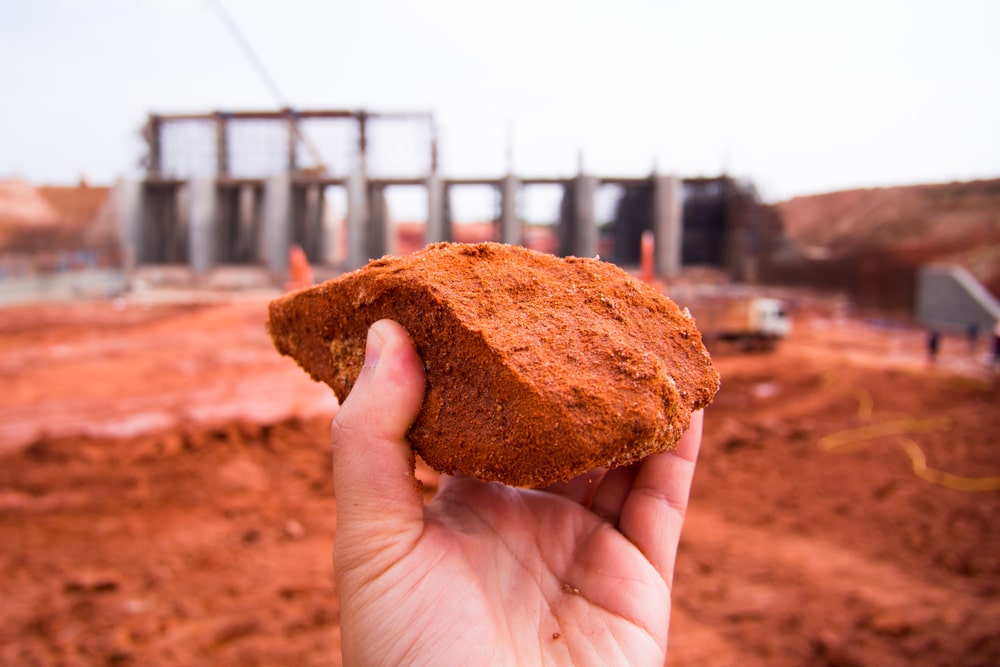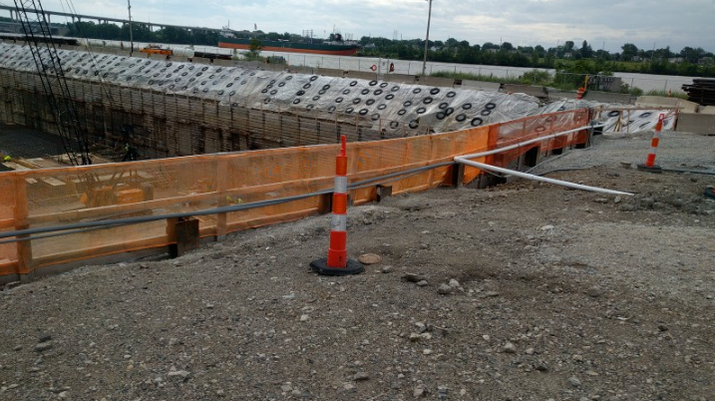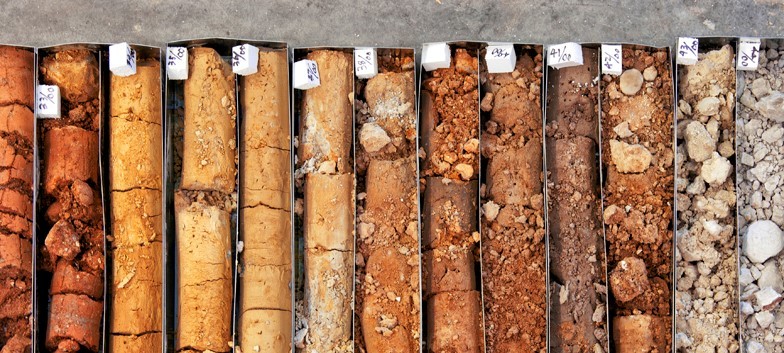Experienced Geotechnical Geologist for In-Depth Ground Investigations
Experienced Geotechnical Geologist for In-Depth Ground Investigations
Blog Article
Exactly How Consulting Engineers Enhance Geotechnical Engineering Projects: Insights Into Their Knowledge, Methodologies, and Collaborative Approaches
Consulting engineers are crucial in improving geotechnical engineering projects, using their specialized understanding to navigate the intricacies of subsurface conditions. Their techniques include a series of site examination methods, consisting of Requirement Penetration Examinations (SPT) and Cone Penetration Examinations (CPT), which educate important decisions during the layout and building phases. Moreover, their collective methods foster interaction among varied job stakeholders, ultimately forming the project's trajectory. As we examine the complex functions these professionals play, it comes to be clear that their contributions expand beyond technological competence, prompting a more detailed look at the effects for project success.
Role of Consulting Engineers
The expertise of getting in touch with engineers in geotechnical engineering is essential to the effective implementation of construction tasks. These professionals play an essential function in examining soil and rock properties, which are vital variables affecting layout and construction decisions. By conducting extensive site examinations, seeking advice from designers accumulate crucial information that educates the layout procedure, ensuring tasks are built on stable and suitable ground.
Consulting engineers also provide invaluable insights into threat monitoring (geotechnical geologist). They identify potential geotechnical hazards, such as landslides, soil liquefaction, and negotiation concerns, allowing stakeholders to carry out efficient mitigation strategies. Their proficiency aids in maximizing structure styles, which can result in significant price financial savings and improved security
Additionally, consulting designers offer as a crucial link between task owners, architects, and professionals. Their capacity to equate complex geotechnical information right into actionable referrals cultivates partnership and helps with educated decision-making throughout the job lifecycle. This multidisciplinary technique not only boosts job efficiency yet additionally makes certain conformity with regulatory criteria and finest practices.
Trick Methods in Geotechnical Engineering

One key methodology is site investigation, which includes performing area examinations and laboratory analyses to gather data on subsurface conditions. Methods such as Requirement Infiltration Screening (SPT) and Cone Infiltration Screening (CPT) are extensively made use of to review dirt stratigraphy and strength. Additionally, geophysical methods, including seismic and electrical resistivity surveys, provide non-invasive means to evaluate subsurface attributes.
One more important technique is mathematical modeling, which makes it possible for designers to imitate numerous circumstances and anticipate exactly how soil-structure interactions will behave under various loading problems. Limited Component Evaluation (FEA) is a typical method utilized in this context.
Furthermore, the design of foundations, retaining frameworks, and earthworks counts heavily on these approaches - geotechnical geologist. By integrating advanced logical devices with field data, speaking with engineers can develop tailored services that address particular task obstacles, eventually adding to the security and security of building projects
Relevance of Dirt Analysis
Soil evaluation works as a fundamental aspect in geotechnical design, offering important understandings into the physical and chemical homes of dirt required for reliable building preparation. Comprehending dirt qualities is essential for establishing its load-bearing capacity, water drainage behavior, and capacity for negotiation or instability. Comprehensive soil examinations, including sampling and laboratory screening, assistance identify parameters such as dirt kind, wetness material, density, and shear stamina.
These evaluations inform the choice of ideal building methods and products, ultimately influencing job safety and security and longevity. For instance, cohesive dirts might call for different foundation styles compared to granular dirts, demanding customized engineering consulting civil engineering companies solutions. Dirt evaluation help in determining pollutants that might posture threats to human wellness or the environment, allowing for the growth of reduction strategies.
Incorporating soil analysis right into the onset of task advancement assists to lessen unanticipated difficulties, making certain that designers can prepare for and deal with potential issues before they rise. By developing a comprehensive understanding of the site conditions, speaking with engineers can optimize design performance and reduce costs, thus improving the general success of geotechnical engineering projects.
Joint Strategies in Jobs
Successful geotechnical jobs typically hinge on joint strategies that unite varied know-how from different disciplines. Reliable partnership among consulting designers, geologists, environmental researchers, and construction specialists is important for attending to complicated challenges and maximizing project end results. By leveraging the unique skills and understanding of each group member, tasks can gain from an all natural understanding of the site problems, governing demands, and design constraints.
Routine interaction and interdisciplinary meetings assist in the sharing of understandings and promote a society of synergy. These collective initiatives make it possible for the identification of possible risks early in the job lifecycle, permitting for timely mitigation strategies. Additionally, incorporating comments from stakeholders, consisting of neighborhood communities and regulative firms, ensures that all point of views are thought about, boosting project acceptance and compliance.
Furthermore, the assimilation of advanced modern technologies, such as Geographic Information Solution (GIS) and Structure Details Modeling (BIM), further improves partnership. These devices enable the real-time sharing of information and visualization of geotechnical conditions, promoting notified decision-making. Eventually, a joint approach not only improves project implementation yet additionally lays the structure for innovative solutions to intricate geotechnical design obstacles.
Effect On Task End Results

Consulting engineers utilize advanced methodologies such as threat analysis and anticipating modeling, which boost the accuracy of job projections. Their capability to incorporate innovative innovations, like geotechnical instrumentation and information analytics, even more improves the design and that site building processes. Consequently, tasks experience improved effectiveness, lowered costs, and lessened hold-ups.
Moreover, promoting reliable communication and collaboration amongst staff member enhances analytical capacities. When challenges occur, an unified front enables speedy identification of services, stopping possible setbacks. Ultimately, the collective efforts of getting in touch with engineers add to better results, making sure that tasks fulfill both regulatory standards and client assumptions.
Final Thought

Report this page